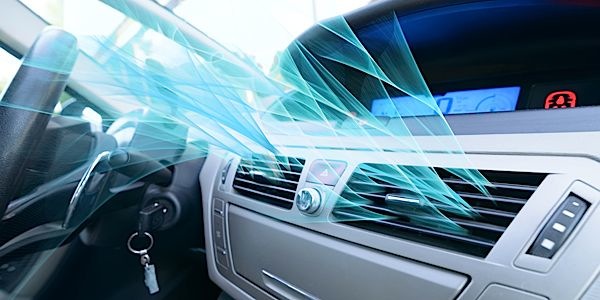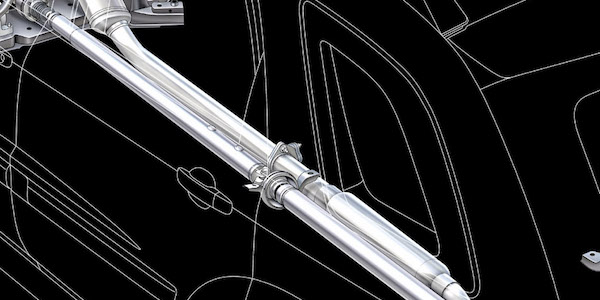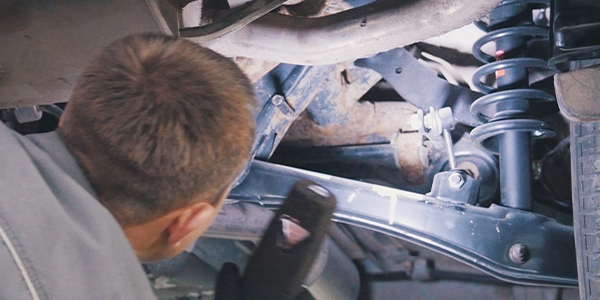MASTER CYLINDER DIAGNOSIS
Easy Fixes For Elusive Intermittent Problems
While Kia offers a 100,000-mile powertrain warranty, well-documented maintenance is an important part of keeping that warranty valid. With regular maintenance required at 30,000 miles and timing belts at 60,000 miles, owners will be looking for quality service. Rather than delve into the service nuts and bolts in this article, we’ll focus on a few areas that have a history of problems.
Let’s start with the popular Sportage SUV. One of the most common and frustrating problems you will run into is an intermittent no-start. Even when presented as a no-start condition, it can still be a challenge. But like most of these problems, it’s a simple fix with good clues if you know what to look for. I’m always reminding my techs to check the operation of the warning lamps when starting any car. Be sure they light with the key on, engine off and be sure they go off when the engine starts. A check engine lamp that doesn’t light is what would put you on the right path in the case of the Sportage.
If the check engine lamp doesn’t light with KOEO, hook up your scanner to check for communication. If you have none, it’s a safe bet that the computer is not getting powered up. Kia uses a main relay that’s conveniently located in the underhood fuse and relay box. You’ll notice an identical relay next to it used for fuel pump control. If you’re faced with a no fuel pump problem, start your diagnosis there. If there’s any doubt, replace them both.
MISFIRES
Misfires are also a common complaint on the Sportage. There are a few reasons, with the most common being a lack of maintenance. With the popular 2.0 L twin-cam engine, the intake snorkel has to be removed to replace the spark plugs. While it’s not a difficult job, it does add to the labor and, as long as the vehicle runs well, it’s easy for the budget-minded customer to put off the recommended service.
But, like any neglected service, it will lead to a more expensive repair. In this case, the worn plugs and the wide gaps will result in coil and plug wire failures. Kia uses the common waste spark system with a coil-on plug for cylinders one and three, and wires on cylinders two and four. A good visual inspection of the plug connectors and boots is required to look for any evidence of arcing or pin holes in the boot. If there’s any sign of spark leakage, replace the coil or wire. That’s not to say that the coils can’t fail on their own, but be sure to check and replace the plugs while you’re there. This would certainly be a good time to sell a full service.
Moving to the Sephia sedan, we see the same coil and secondary ignition problems, although with better plug accessibility it’s not as common. And the same warnings apply on the good visual inspection. Any spark leaking to ground inside the tube can mimic a spark plug firing well enough to make you miss it when using a scope or low-amp probe for testing, sending you in a different path that will surely waste a lot of time and money.
Another challenge can be a problem with internal harness splices, connectors and grounds. There have been reports that the splice connections in the harness have had problems with bad connections, corrosion and broken wires. Actually, this has been a more common problem with the more current Rio models, but keep this in mind when faced with a tough problem.
POOR CONNECTIONS,BAD GROUNDS
There are also reports, as well as service bulletins, on bad connections at the air mass, throttle position and temp sensors. Usually all it takes is some careful bending work with a pick in the connector to ensure a solid connection. If corrosion is present, repair kits are available and may be a better choice. Some dielectric grease will go a long way to prevent recurring problems. In general, we fix a lot of these bad connections by unplugging and plugging in the connecters and back probing when testing. More proof we deserve to get paid for “just looking at it.”
We all know bad grounds aren’t an exclusive Kia problem, but they do have their share. Most common are sensor grounds and the previously mentioned harness issues that can cause those frustrating intermittent problems. If you’re faced with a recurring problem or code that defies diagnosis, be sure to do a shake, wiggle and squeeze test on the harness as well as the connector with your test equipment installed. This is good time to use the min/max feature or graphing capability on your test equipment as you look for dropouts and glitches. With harness splices being suspect, check both the ground-side and reference voltage. If you can’t pinpoint a harness problem, you can be assured of a good ground connection by adding one at the sensor in question.
While you’re checking the harness, it pays to take a little time and give it a good inspection. Look for chaffing against brackets and accessories that could be causing momentary shorts to ground. Check all the grounds, making sure they’re tight and clean with metal-to-metal contact.
HARD-START, NO-START PROBLEMS
Other areas that will give you fits are hard- or no-starts with an accompanying crank sensor code, reinforcing the idea that you should always check for TSBs and/or get on iATN before getting too deep into a problem. In this case, the flex plate distorts while cranking, resulting in the crank sensor that’s not providing the expected input to the ECU. In this scenario, 10 minutes on the computer will save you hours of diagnostic frustration.
As I said before, there are plenty of Kia service opportunities and none that will present any problems for our readers. Mass air sensors get dirty, O2 sensors fail and catalytic converters wear out. Brakes and clutches will need to be replaced. And, as the miles are racked up, rotating electric components, drive axles, wheel bearings, and exhaust and suspension systems will also need attention, none of which should be a challenge to an import tech.
Let’s show Kia and their customers we’re up to the task. We’ll all be better off for it.













